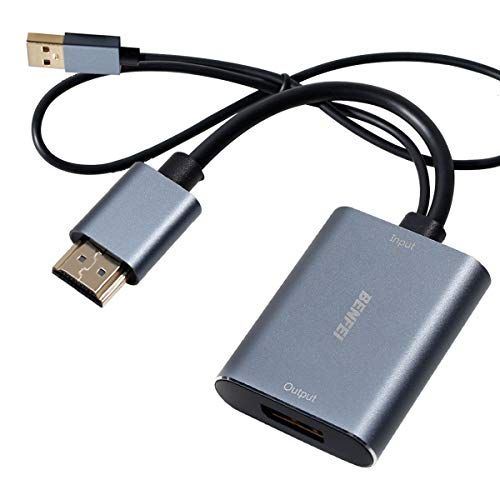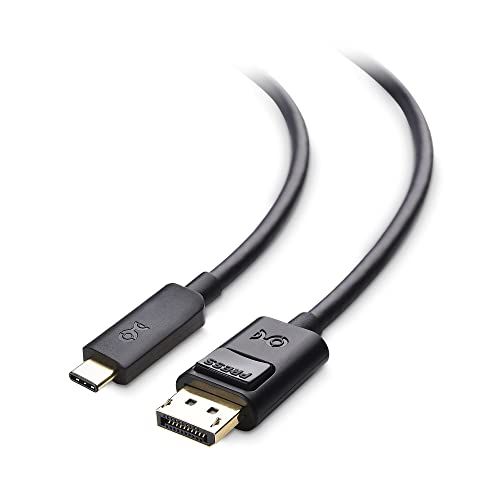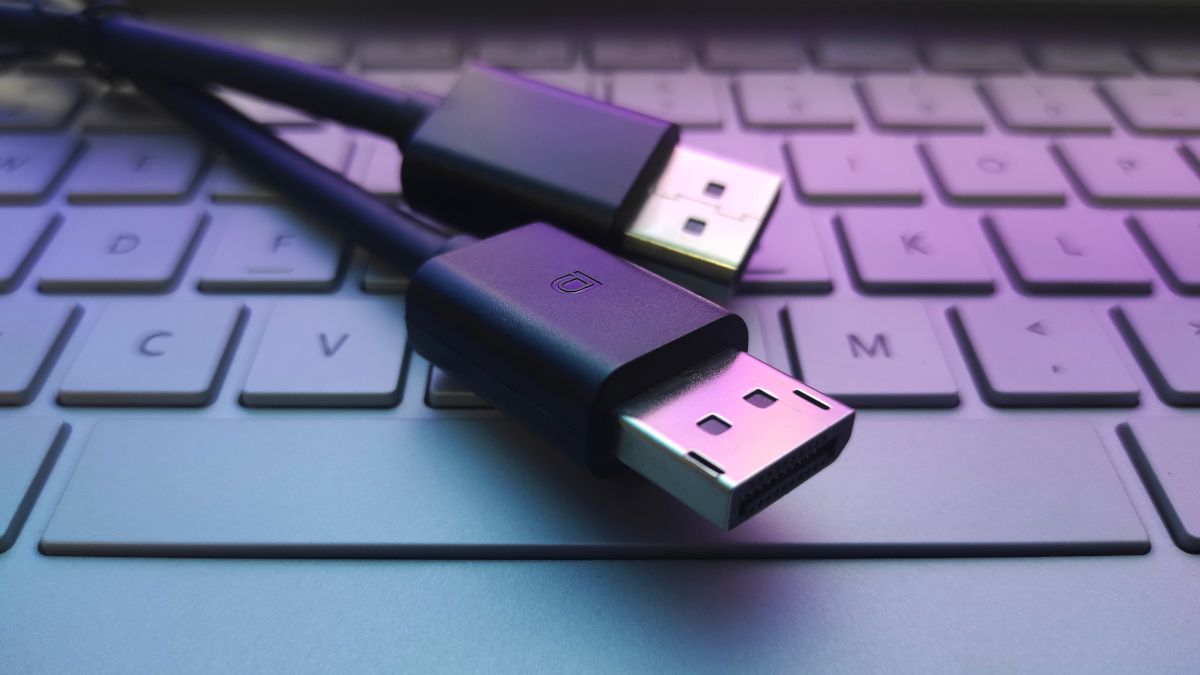Quick Links
HDMI is the most common display connection today, but sometimes you'll have to convert HDMI to DisplayPort or vice versa. Unfortunately, making these two ports play well together isn't as straightforward as it should be. Here's what you should know.
Adapters Are Not Bi-Directional
If you browse either HDMI-to-DisplayPort or DisplayPort-to-HDMI converters on sites like Amazon, you'll see that virtually all of them are marked "uni-directional." Overlooking this spec is the biggest mistake that customers usually make when looking for a way to convert their signal.
Due to the way the signal has to be converted, adapters work in one direction but not the other. Many people still assume though that any adapter can work in both directions. Since HDMI to DisplayPort adapters are cheaper, they're more likely to make it into your cart. When you try to use them to go from a DisplayPort PC to an HDMI TV, nothing happens! Avoid that problem by making sure you have the right adapter for the direction you want to go.
HDMI to DisplayPort Adapters Are Often Active
While it's not always the case, converting the signal from HDMI to DisplayPort often requires an active adapter. In other words, they're adapters that need external power to work. There are adapters on the market now that can do the conversion using a small amount of power from an HDMI port, but results may not be as reliable depending on factors such as cable length.

BENFEI HDMI to DisplayPort Adapter
The Benfei is inexpensive, supports 4K 60Hz signals, and has plenty of positive feedback from happy customers. It's not the right solution for 4K signals above 60Hz, but for everyone else it's in the sweet spot.
So be sure if you buy an active adapter that you've got a free USB port or available wall adapter.
DisplayPort to HDMI Conversion Should Happen at the Source
While you don't need an active adapter to convert from DisplayPort to HDMI, you may run into issues if the DP adapter isn't plugged directly into the DP output of the computer or other device you want to connect to an HDMI screen. For example, you wouldn't want to use an extension cable and then plug the converter in.
You Shouldn't Convert More Than Once
In almost all cases, converting the signal in either direction only works if you do it once. If you have more than one signal converter in the chain, it's almost certain you'll end up with no signal at all or a garbled one. Conversion is already a delicate process, so as a rule, keep things as simple as possible, even if it means spending money on buying the exact conversion hardware you need.
HDMI Pin 18 and DisplayPort Pin 20 Must Be Disabled
On a correctly made converter, in either direction, one pin should be disabled on each plug. HDMI Pin 18 and DisplayPort Pin 20 should be absent. These pins usually carry power, and if they are connected in this conversion can damage the devices involved.
This is why you need to be wary of cheap converters. If either of the plugs in the converter doesn't have a pin missing, don't plug it in!
Converting to DisplayPort Isn't a Free Upgrade
The lowest common denominator device in your conversion chain limits the features, refresh rate, and resolution you can achieve. Just because a converter may, for example, output a DisplayPort 1.4 signal doesn't mean you can get 4K 120Hz from a 4K 30hz HDMI source!
You Get What You Pay For
If you're going from HDMI to DisplayPort, be prepared to pay a little more to get the right solution. In most cases this will be to connect something other than a PC to a computer monitor using DisplayPort, so you don't have another option if HDMI is the only output from the source device.

Cable Matters USB C to DisplayPort 1.4 Cable
An affordable, effective, all-in-one USB-C to DisplayPort 1.4 cable. Every laptop bag should have one.
If you're using a laptop, you can often use a USB to HDMI or DisplayPort cable, which are quite affordable. This get around any issues relating to power or bulky adapters. So whenever you have the option to use USB as the signal source, we suggest you use it.

